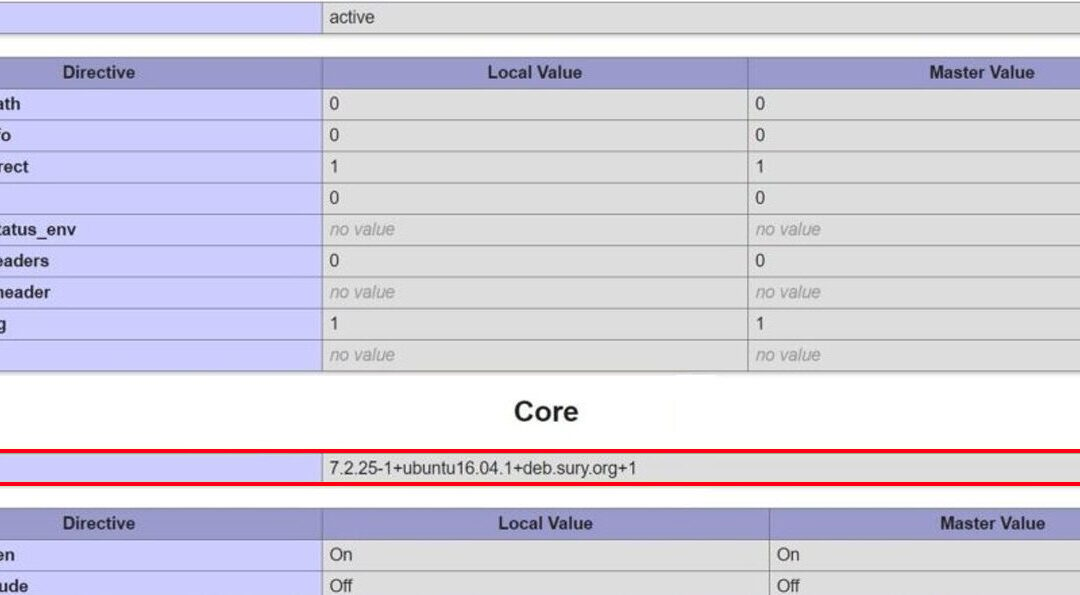To ensure a smooth transition to a new MySQL 8 server while supporting multiple PHP applications with different versions, follow these steps and considerations:
1. Choose Compatible Versions
Ensure your PHP and MySQL versions are compatible. Different versions of PHP have different requirements and features that can impact compatibility with MySQL. Here’s a compatibility matrix:
- PHP 5.5: Generally compatible with MySQL 5.1 to 5.6.
- PHP 7.0 – 7.4: Compatible with MySQL 5.6 to 8.0.
To check your versions:
php
Copy code
// Check PHP version echo phpinfo(); // Check MySQL version $mysqli = new mysqli(“hostname”, “user”, “password”, “database”); echo $mysqli->server_info;
2. Use Prepared Statements
Prepared statements enhance security and performance by separating SQL code from data. Use the PDO or mysqli extensions to implement prepared statements:
PDO Example:
php
Copy code
$pdo = new PDO(‘mysql:host=hostname;dbname=database’, ‘user’, ‘password’); $stmt = $pdo->prepare(‘SELECT * FROM users WHERE id = :id’); $stmt->execute([‘id’ => $id]); $result = $stmt->fetch();
MySQLi Example:
php
Copy code
$mysqli = new mysqli(“hostname”, “user”, “password”, “database”); $stmt = $mysqli->prepare(“SELECT * FROM users WHERE id = ?”); $stmt->bind_param(“i”, $id); $stmt->execute(); $result = $stmt->get_result()->fetch_assoc();
3. Handle Character Sets
Ensure consistent character sets between PHP and MySQL to prevent encoding issues.
Set PHP Character Set:
php
Copy code
header(‘Content-Type: text/html; charset=utf-8’);
Set MySQL Character Set:
php
Copy code
$mysqli->set_charset(“utf8”);
Alternatively, specify the character set in the connection string:
php
Copy code
$pdo = new PDO(‘mysql:host=hostname;dbname=database;charset=utf8’, ‘user’, ‘password’);
4. Optimize Queries
Optimize your MySQL queries for better performance:
- Use indexes to speed up searches.
- Use joins for combining data from multiple tables.
- Limit and offset large result sets.
- Analyze query performance using EXPLAIN.
- Cache frequently accessed data.
5. Additional Considerations
Plan for authentication changes and compatibility issues:
- MySQL 8 uses caching_sha2_password by default. Ensure older PHP versions can handle this or set the authentication plugin to mysql_native_password.
- Test applications thoroughly after migration.
Migration Steps
- Backup and Dump Data:
bash
Copy code
mysqldump -u root -p –all-databases > alldb_backup.sql
- Restore Data to MySQL 8:
bash
Copy code
mysql -u root -p < alldb_backup.sql
- Fix Compatibility Issues: Address any deprecated features or syntax differences.
- Set Up New Users:
sql
Copy code
CREATE USER ‘user’@’host’ IDENTIFIED WITH mysql_native_password BY ‘password’; GRANT ALL PRIVILEGES ON database.* TO ‘user’@’host’; FLUSH PRIVILEGES;
Chart Visualization
To visualize the compatibility and migration steps, here’s a flowchart:
mermaid
Copy code
graph TD A[Choose Compatible Versions] –> B[Use Prepared Statements] B –> C[Handle Character Sets] C –> D[Optimize Queries] D –> E[Additional Considerations] E –> F[Backup and Dump Data] F –> G[Restore Data to MySQL 8] G –> H[Fix Compatibility Issues] H –> I[Set Up New Users] subgraph PHP Versions P1[PHP 5.5] P2[PHP 7.0] P3[PHP 7.2.8] P4[PHP 7.2.28] P5[PHP 7.4] end subgraph MySQL Versions M1[MySQL 5.5] M2[MySQL 8.0] end P1 –>|Compatible with| M1 P2 –>|Compatible with| M2 P3 –>|Compatible with| M2 P4 –>|Compatible with| M2 P5 –>|Compatible with| M2
By following these steps, you can ensure a smooth migration and maintain compatibility across different PHP versions with the latest MySQL 8 server.
